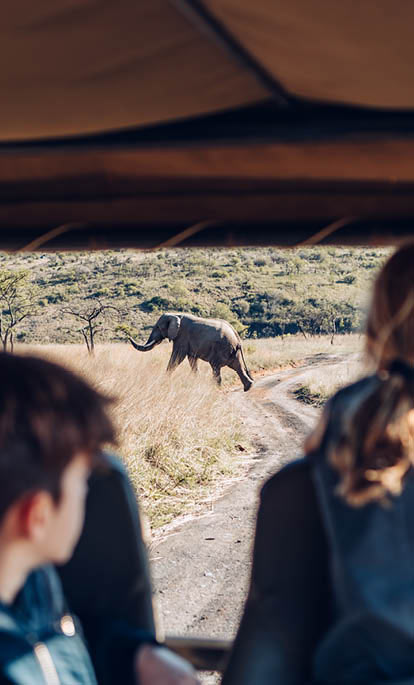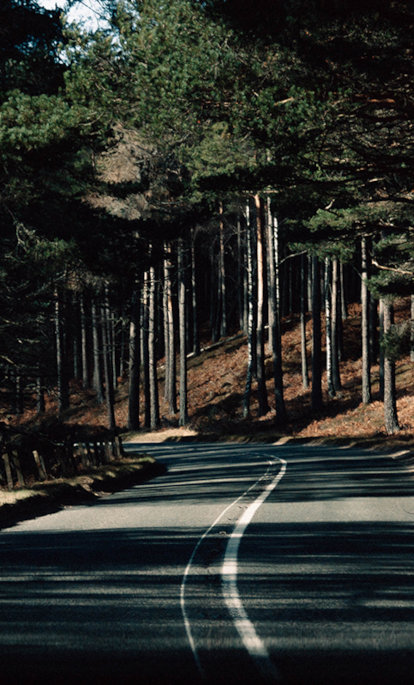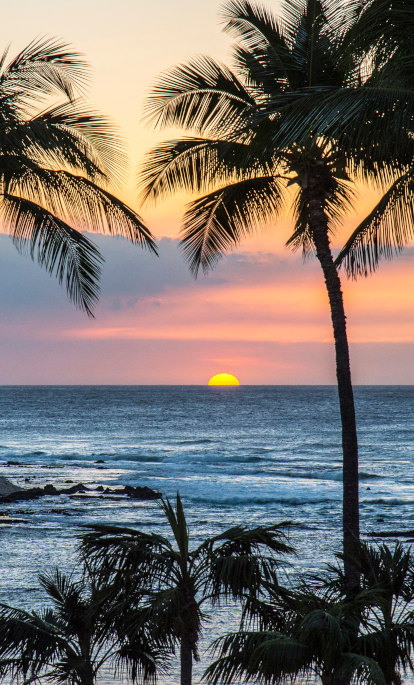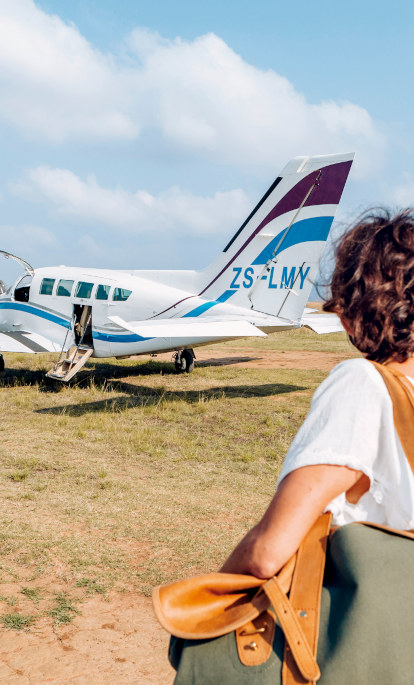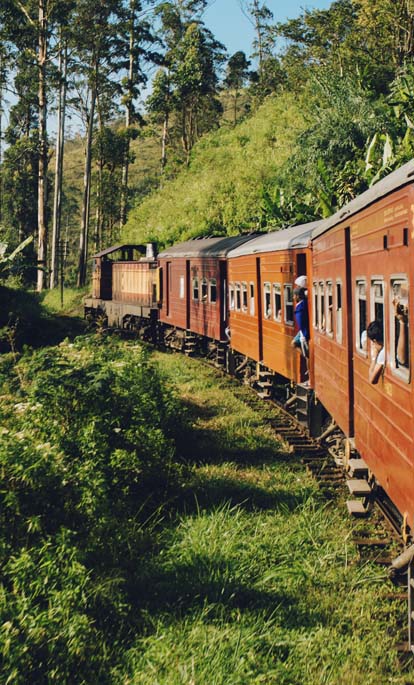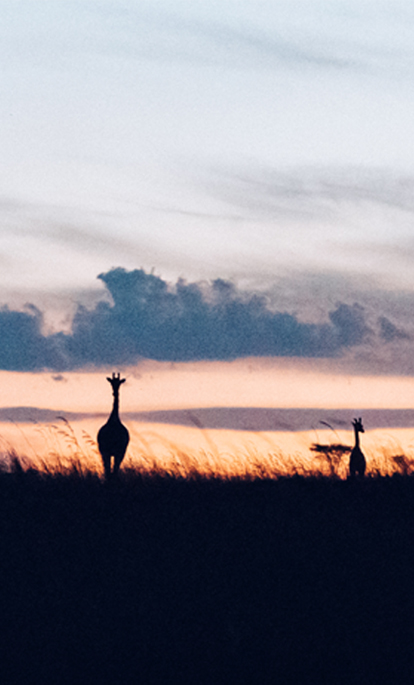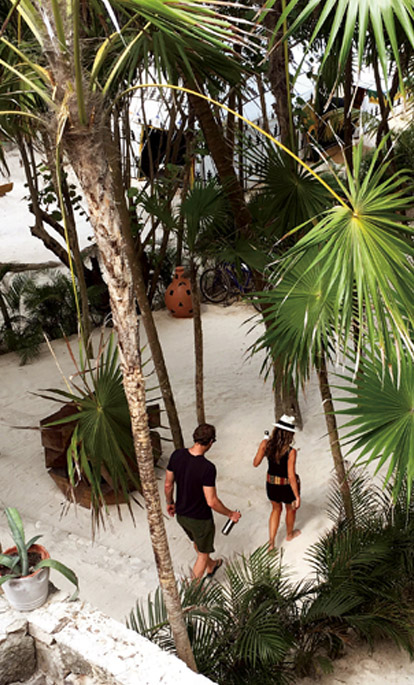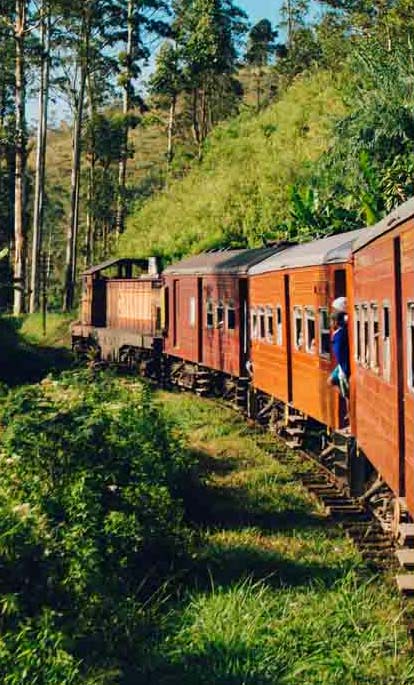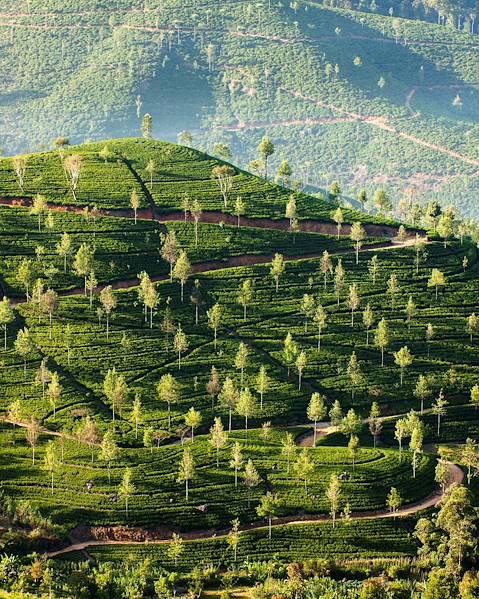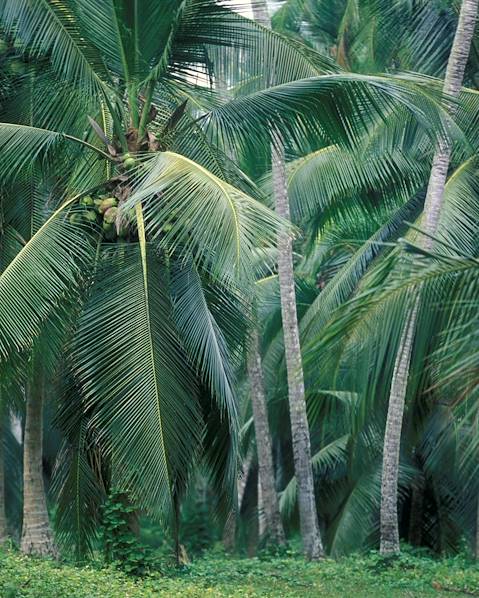Maintaining sustainable practices is paramount when it comes to protecting ecosystems and preserving natural resources. Sri Lanka recognises the importance of this – they are a small island and a developing nation, so things like temperature rise and variance in rainfall have damaging effects on the country’s people and wildlife. Along with the island’s 4,000 species of flowering plants, 435 species of birds and 140 species of mammals, there is an extremely high level of endemism in Sri Lanka – many species found here cannot be found anywhere else on the planet. So, it’s vital that sustainability in Sri Lanka is practiced with precision to keep the rich and diverse natural world thriving.
Sustainable Tourism
The unparalleled wildlife, unique culture and friendly locals makes Sri Lanka an obvious hotspot for tourists. While the country welcomes visitors with open arms, it’s essential that travel is undertaken with respect for the country’s natural resources so they can continue to benefit from tourism’s economic value. Here are things to keep in mind when visiting, so the lush rainforests and dreamy beaches can be enjoyed for many generations to come.
- Domestic travel – exploring the country by road or rail is a great alternative to flying. The distances travelled in Sri Lanka are almost always short enough to comfortably be taken by train or bus, so avoiding those flights is an easy way to reduce your carbon footprint.
- Pack reusable items – bringing a reusable water bottle, food container, bamboo cutlery and shopping bag are just some of the ways to reduce your waste. Whenever excess plastic is unavoidable, make sure it is properly disposed of – leave places exactly the way you found them.
- Shop local – avoid international chains and splash your cash at local markets, restaurants and bars to help sustain the economy penny by penny.
- Be mindful when choosing animal experiences – unfortunately, animals are still used as human entertainment across the globe. Elephants make up a large portion of the tourist attractions in Sri Lanka, so it is vital to ensure you’re visiting one that offers ethical and sustainable animal practices. True elephant sanctuaries never exploit, buy, trade or profit from elephants, and never let you ride them. Keep these things in mind when practicing sustainability in Sri Lanka.
Environmental Protection
Although Sri Lanka has had a long history of conservation, stronger direction has been implemented in recent years to ensure responsibilities are carried out successfully. Since 2016, the Ecosystem Conservation and Management Project (ECMP) has helped better manage 290,000 hectares of forests and given livelihood training to over 25,000 people. They believe that sustainable environmental protection is linked to reducing poverty and economic growth, hence these training programmes. Sadly, over the last three generations the elephant population has declined by 50%. To combat this, ECMP has supported the elephant and human co-existence by implementing fences and Elephant Early Warning Systems in villages in Kurunegala – this has greatly reduced conflict between the elephants and humans, which resulted in the death of 350 elephants in 2019.
Renewable Energy
Because the country is rich in renewable energy sources – approximately 50% of electricity currently comes from the likes of biomass, solar and wind – Sri Lanka has its hopes set on becoming 70% renewable based by 2030 and completely carbon neutral by 2050. They are focusing their attention on the potential use of offshore wind power; however, big investments aren’t set to be made until 2026. In the meantime, they are working on improving the efficiency of industrial processes to help transition to a low carbon future and better sustainability in Sri Lanka.
Sustainable Solutions to Natural Disasters
Unfortunately, Sri Lanka is a country that is susceptible to natural disasters including droughts, floods, landslides and cyclones. The World Bank and the government of Sri Lanka have identified nature-based solutions to combat these issues in sustainable, natural ways. For example, in the capital city of Colombo, they have utilised the wetland ecosystem as a way of making the city flood proof. The city had been losing the wetlands at an alarming rate, but reclaiming them has been a great way to sustain the landscape and protect the city.
